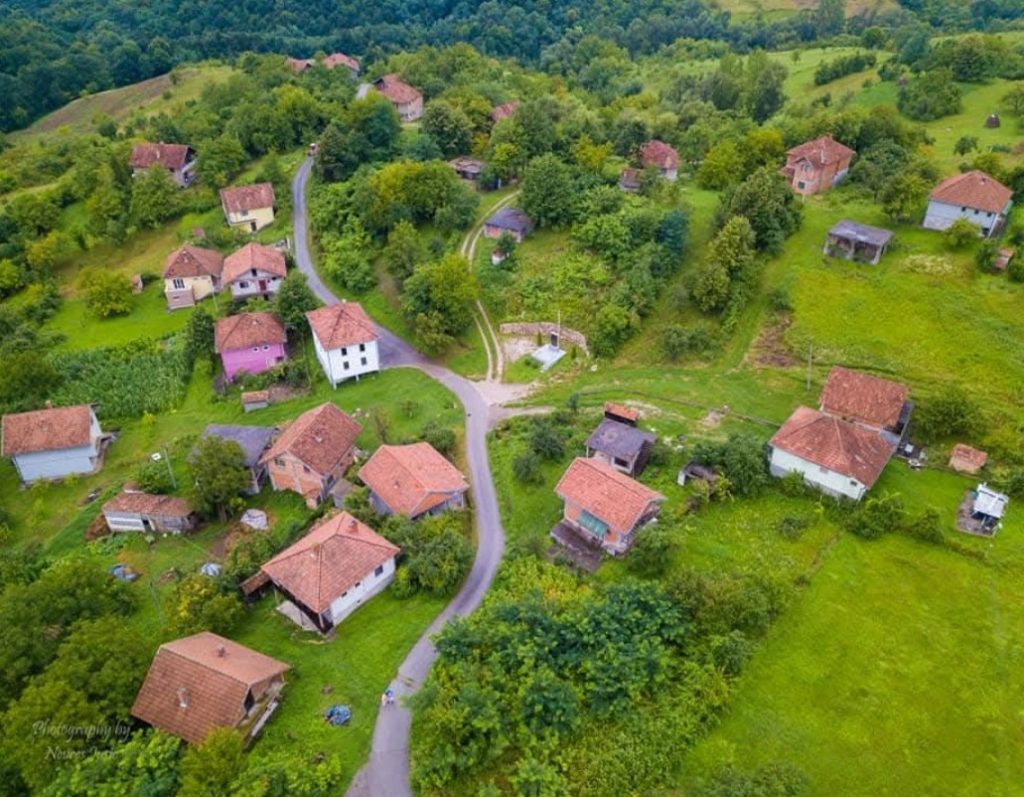1. Why is Community Renewal Important?
Community renewal is of great significance, not only in the context of recovery from natural disasters but also in strengthening social cohesion and economic growth. Some of the key reasons why community renewal is important include:
- Increasing disaster resilience: Communities that are renewed in a sustainable way become more resilient to future threats, whether it’s floods, earthquakes, droughts, or social crises. Renewal that includes renewable energy sources, eco-friendly building materials, and innovative practices allows communities to be better prepared for similar challenges in the future.
- Restoring social connections: After disasters or other crises, people often lose the sense of community and security. Community renewal also includes strengthening social bonds through volunteering, social initiatives, and creating communal spaces for gathering, which contributes to psychological recovery and emotional well-being.
- Economic recovery and opening new opportunities: Community renewal creates opportunities for the development of the local economy through the creation of new jobs, promoting small and medium-sized businesses, and also through innovations in industries such as green energy, sustainable agriculture, and tourism. Additionally, restoring infrastructure such as roads, schools, and hospitals contributes to increased productivity and quality of life.
2. Principles and Strategies for Community Renewal
Community renewal should be guided by the principles of sustainability, inclusivity, and participation. Some key principles for successful community renewal include:
- Sustainable development: Community renewal should include sustainable practices that reduce negative environmental impacts. This includes the use of ecological materials in the construction industry, renewable energy sources, recycling, and composting. Sustainable development also implies support for local farmers and encouraging energy efficiency.
- Inclusivity: Community renewal must be accessible to all members of society, including the most vulnerable groups such as children, the elderly, people with disabilities, and minorities. Each renewal effort must ensure equal access to resources and opportunities for all community members.
- Participation and collaboration: The renewal process must be transparent and based on the active participation of community members. This involves involving the population in the decision-making process, gathering their feedback and needs, and encouraging collaboration with government, non-governmental organizations, and the private sector.
3. Key Areas of Community Renewal
Community renewal covers several key areas that require attention and strategic planning:
- Infrastructure: Restoring damaged or outdated infrastructure (roads, bridges, buildings, energy networks) is critical to restoring basic living conditions in the community. Given the need to reduce the carbon footprint, there is an increasing focus on green buildings and sustainable technologies.
- Education and health: The renewal of educational and healthcare institutions is essential for the long-term stability of the community. Investment in education, workforce training, and strengthening the healthcare system, which can respond to the challenges and needs of the population, is necessary.
- Economy and employment: Through community renewal, new jobs can be created, entrepreneurship can be encouraged, and local industries can be developed. Investment in training, market access, and strengthening micro-businesses helps local communities become more independent and economically resilient.
- Culture and identity: The preservation of cultural and historical monuments, traditions, and customs can play a key role in social renewal. Activities involving joint cultural projects, festivals, and the safeguarding of local heritage can strengthen the community’s identity and promote social cohesion.
4. Examples of Successful Community Renewal
The world has witnessed many examples of successful community renewal. Some of these include:
- Post-Katrina renewal in New Orleans: After the devastating Hurricane Katrina in 2005, New Orleans underwent a large-scale renewal process that involved the restoration of housing, infrastructure, and the creation of sustainable ecological and social systems. It was also necessary to create mechanisms for the reintegration of migrants and the reduction of social inequalities.
- Green cities: Cities such as Copenhagen and Amsterdam are developing green initiatives for community renewal, including smart technologies, bicycle lanes, energy-efficient buildings, and the use of renewable energy sources, making them ecologically sustainable and accessible to all.
5. Conclusion
Community renewal is a process that requires long-term commitment, cooperation, and an integrated approach. Despite the challenges, renewal offers an opportunity to build more resilient, just, and sustainable societies. By involving all members of the community in the renewal process, promoting sustainable practices, and fostering social cohesion, we can create better living conditions that will bring long-term benefits not only for the current generation but also for future generations.



